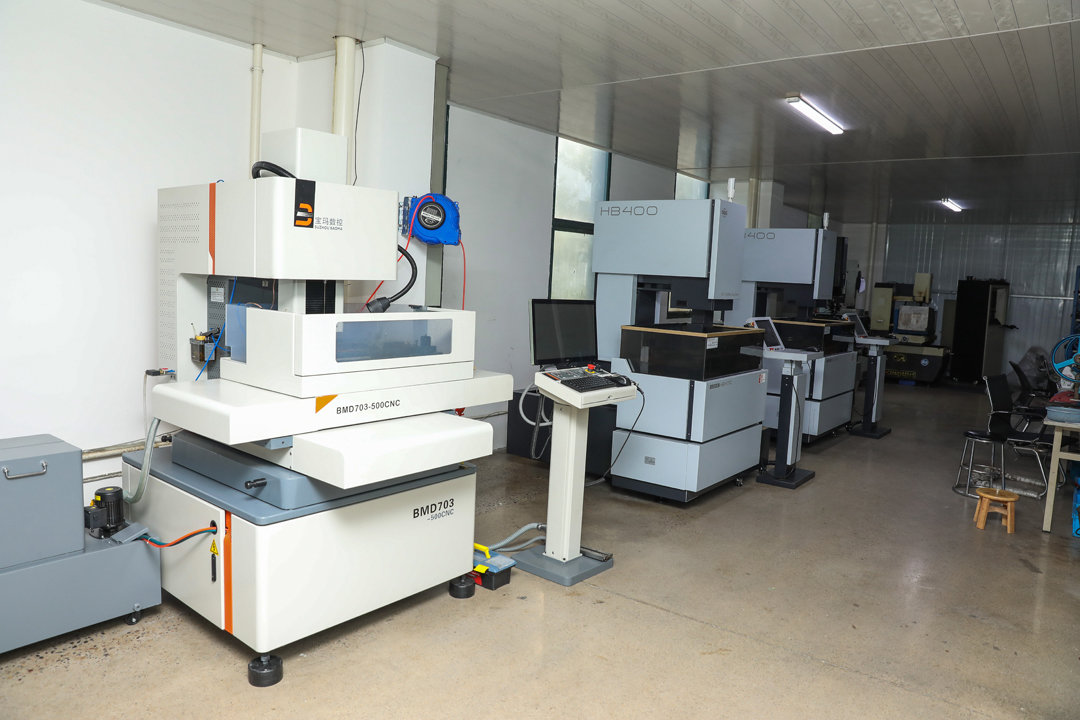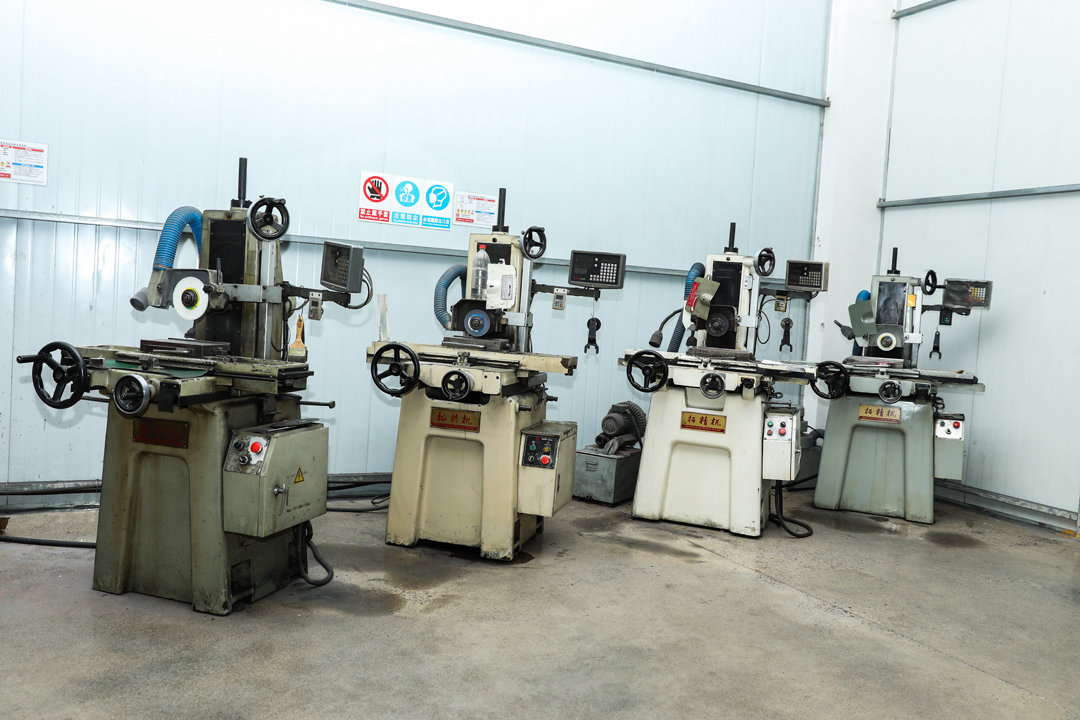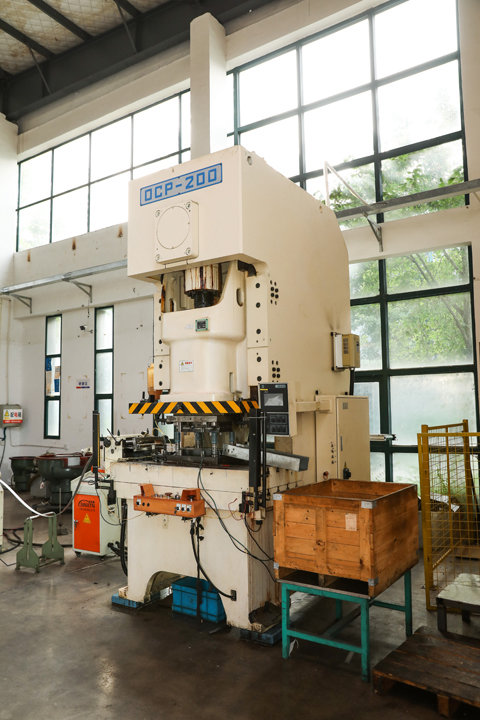
Precision machining process




TIME: 2023-10-26

brief introduction
Precision machining technology refers to various machining processes that have higher machining accuracy and surface finish than corresponding machining methods. Precision machining processes include precision machining (such as diamond boring, precision turning, wide edge precision planing, etc.) and high gloss and precision grinding. The machining accuracy of precision machining is generally between 10 and 0.1 μ m. Tolerance level above IT5, surface roughness Ra of 0.1 μ Below m.characteristic
Precision cutting machining is the process of cutting an extremely thin layer of metal on the surface of a workpiece using high-precision and rigid machine tools and finely ground cutting tools with high or very low cutting speeds, small cutting depths, and feed rates. Obviously, this process can significantly improve the machining accuracy of parts. Due to the small residual area during the cutting process and the maximum elimination of adverse effects such as cutting force, cutting heat, and vibration, the surface deterioration layer left by the previous process can be effectively removed. After processing, the surface is basically free of residual tensile stress, and the roughness is greatly reduced, greatly improving the quality of the processed surface.classification
High gloss and precision grinding includes precision grinding, ultra precision grinding, and mirror grinding.role
High smoothness and precision grinding also require the machine tool to have high precision and rigidity. The grinding process involves using finely trimmed grinding wheels to produce multiple micro cutting edges of equal height on each abrasive grain. At a very small grinding depth and under appropriate grinding pressure, very fine chips are cut from the surface of the workpiece, along with the sliding, squeezing, smoothing, and friction polishing effects of multiple non feed grinding stages when the micro cutting edge is in a micro state, In order to obtain a highly polished surface with high machining accuracy and good physical and mechanical properties. In summary, the use of precision machining technology can comprehensively improve the machining accuracy and surface quality of workpieces. [1]
If you are looking for related products or have any other questions, please feel free to call our sales hotline at any time
National unified sales hotline:86 514 85906288



Just three steps
Leave a message now to grab the best discount
01??Message Consultation(Equipment, output, price, materials, processes, etc)
02??Waiting for a follow-up visit(Quick response within 30 minutes)
03??Free customization(Free customization of process plans according to needs)
Want to know the price? Production? Model? After sales? Please leave a message and we will reply to you as soon as possible
MESSAGE
 在線客服
在線客服




